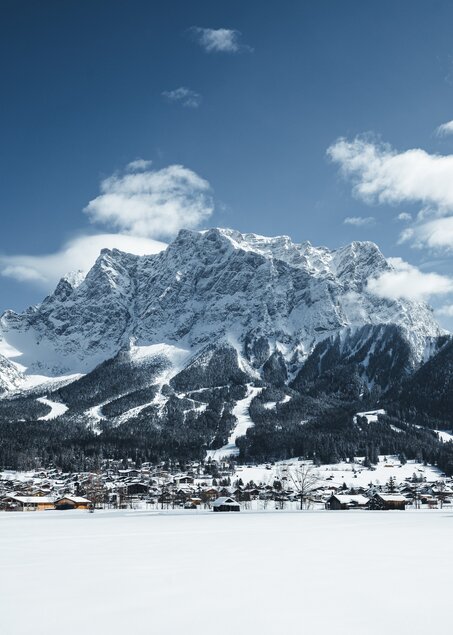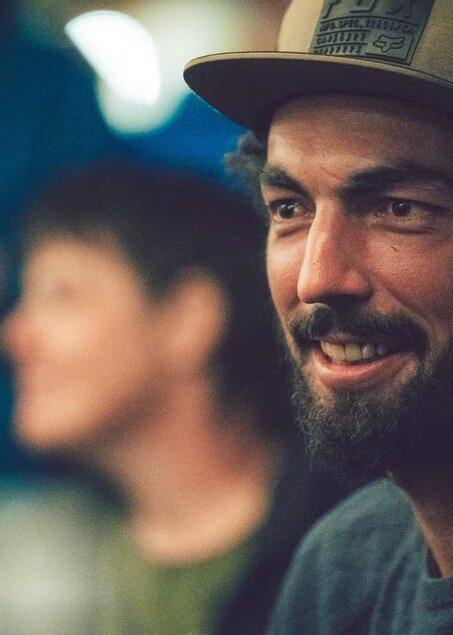
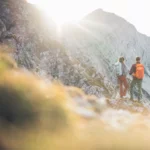
How to pack your hiking backpack
Social Wall
I load my hiking backpack with everything that protects me from bad weather and getting lost. Riccardo Mizio, a mountain guide in the Tiroler Zugspitz Arena, tells us what you must have with you, and where, when you go on a hike.
It’s been a long, but stunning, trek up here. Blue skies, perfect sunlight, not too hot and not too cold. But dark storm clouds are now looming on the horizon. It’s going to be cold and dark getting home again.
Social Wall
“A sudden change in the weather is very common in the mountains,” says Riccardo Mizio, a certified mountain guide from Ehrwald. He’s quite serious about it, and warns all hikers not to take the plunge without the right equipment. If you want to explore the mountains, he says, you must always remember to take a change of clothes: “A properly loaded hiking backpack has a second set at the bottom, which should always include a spare T-shirt,” says the mountain enthusiast. “A rainjacket and a cosy fleece jacket are a good idea. Depending on the weather forecast, you might also think about rain trousers.”
There are a few reasons why a change of clothes should go at the bottom of your backpack. You might not necessarily need it, and it takes up a lot of space. At the bottom, it increases stability and takes the stress off your back. Hats and gloves are stored on top, in the rear section of the backpack. “A first-aid kit is also essential in a properly packed hiking backpack,” says Riccardo, who is part of Ludwig Karrasch’s mountain guide team. “A headlamp can also be very useful. If you’re out for longer than planned, it’ll make the descent less dark.”
Social Wall
Geteilte Urlaubsfreude ist doppelte Urlaubsfreude! Unsere Social Wall ist ideal zum Austausch von unvergesslichen Erlebnissen und für ganz persönliche Einblicke in die Tiroler Zugspitz Arena.
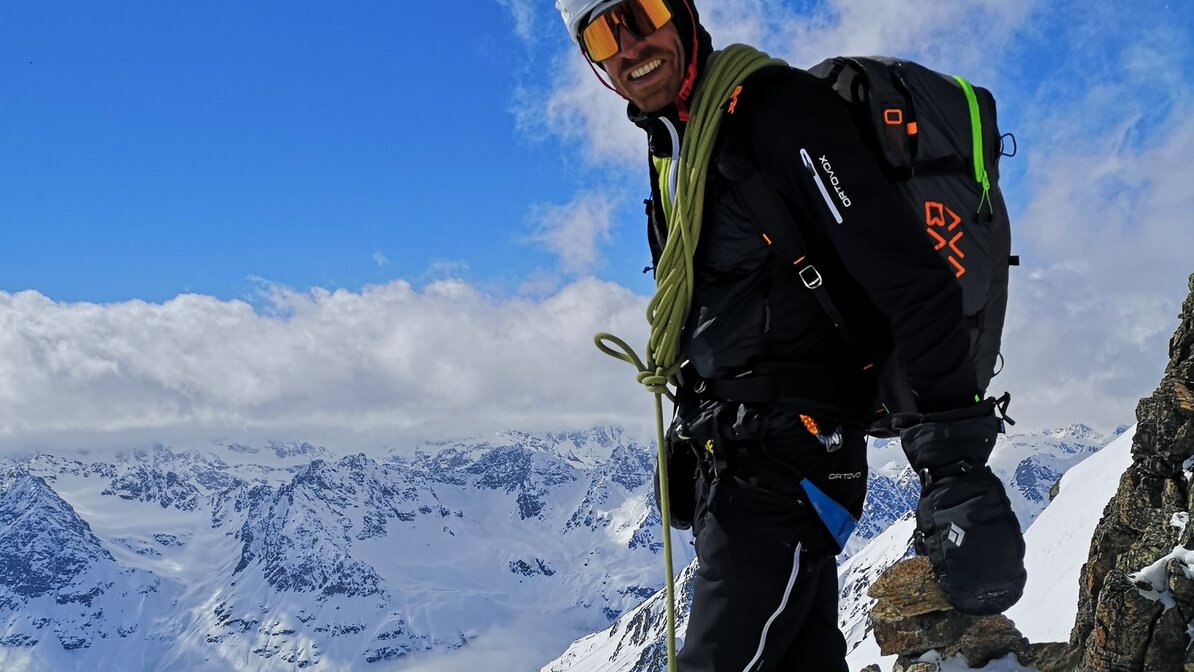
Social Wall
Food and drink, which you need to be able to get out quickly, go in the front of the backpack. “It’s very important that you have enough to drink. At least two litres,” says the experienced climber. “A nutritious bar or something similar is also a good idea. Chocolate or nuts are better than dextrose, which only increases sugar levels for a short time.” These supplies are complemented by sunscreen, sunglasses, and a hat. After all, even on a cloudy overcast day, the sun in the mountains can be extremely intense.
Social Wall
Geteilte Urlaubsfreude ist doppelte Urlaubsfreude! Unsere Social Wall ist ideal zum Austausch von unvergesslichen Erlebnissen und für ganz persönliche Einblicke in die Tiroler Zugspitz Arena.
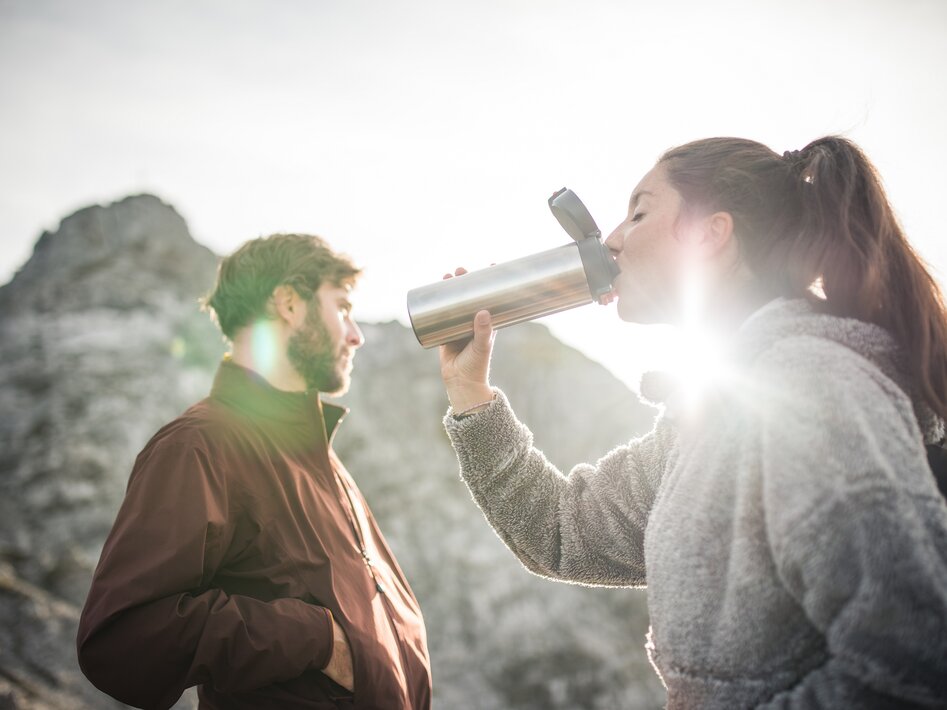
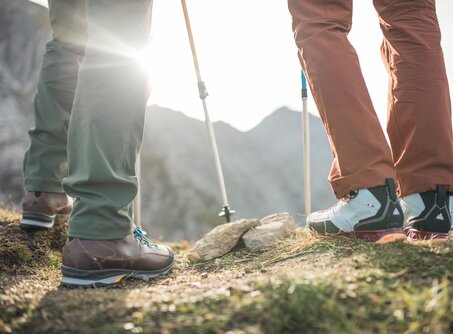
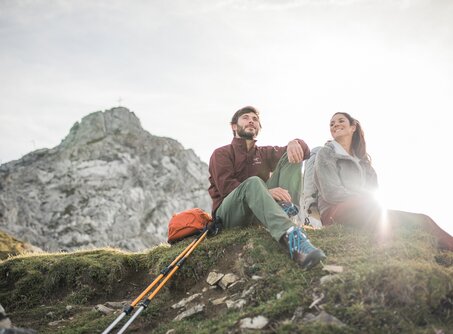
Social Wall
Packing your hiking backpack properly means putting the most important things at the top. A penknife and plasters belong in the top pocket. “You should also keep emergency numbers there: 140 for mountain rescue, 112 for emergencies,” says the guide. He also recommends taking cash with you: “You never know what might happen. Many people I’ve met were glad they had money with them, whether it was for a chilled beer at the summit or a quick call home.”
In addition, you should always have a hiking map with you as you ascend. “Especially when you’re on unfamiliar terrain, a map can help keep you from getting lost. This does mean, however, that you should study it before setting off,” adds Riccardo. These days, you can get mobile reception almost everywhere in the Tiroler Zugspitz Arena, but even the latest smartphone can die or be lost.
Social Wall
Geteilte Urlaubsfreude ist doppelte Urlaubsfreude! Unsere Social Wall ist ideal zum Austausch von unvergesslichen Erlebnissen und für ganz persönliche Einblicke in die Tiroler Zugspitz Arena.
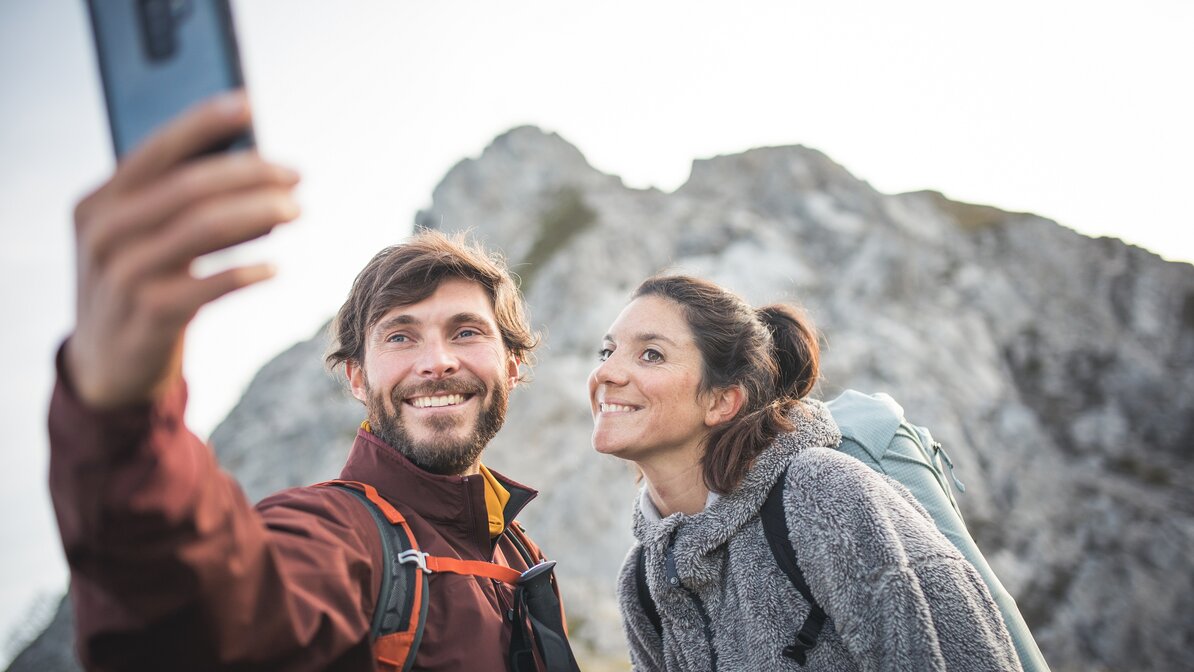
Social Wall
Ideally, though, your battery won’t be flat. It’ll allow you to make calls and may even save your life in an emergency. “If you get into trouble in the mountains, what you need to do is send the Alpine distress signal, an audible or optical signal repeated six times a minute. And you can do it with your smartphone, for example. You could, of course, also whistle loudly six times or make yourself noticeable in some other way,” says Riccardo. “Then watch out for the reply signal. It’ll come three times to indicate that mountain rescue has been alerted.”
On top of all this, our mountain guide has another very important piece of advice: “Ask questions! The mountaineering schools and the tourist information are happy to provide information on routes and expected weather conditions. We know our way around here, and we know what’s happening.”
Social Wall
Geteilte Urlaubsfreude ist doppelte Urlaubsfreude! Unsere Social Wall ist ideal zum Austausch von unvergesslichen Erlebnissen und für ganz persönliche Einblicke in die Tiroler Zugspitz Arena.
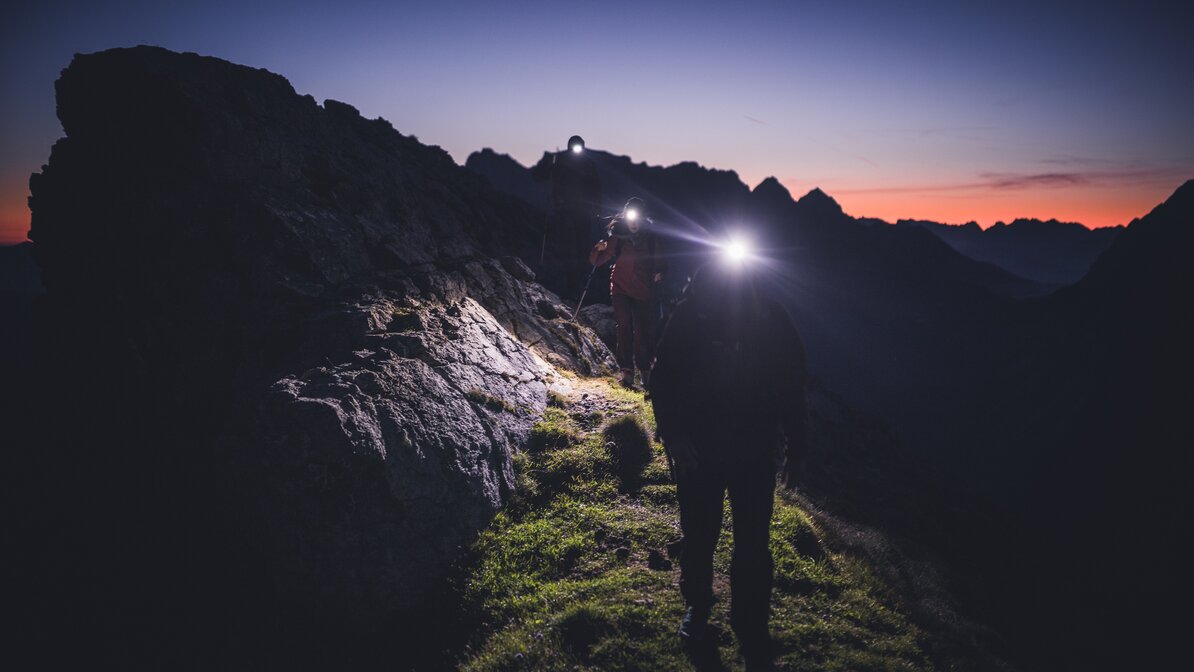
Categories
You may also be interested in ...
Geteilte Urlaubsfreude ist doppelte Urlaubsfreude! Unsere Social Wall ist ideal zum Austausch von unvergesslichen Erlebnissen und für ganz persönliche Einblicke in die Tiroler Zugspitz Arena.
